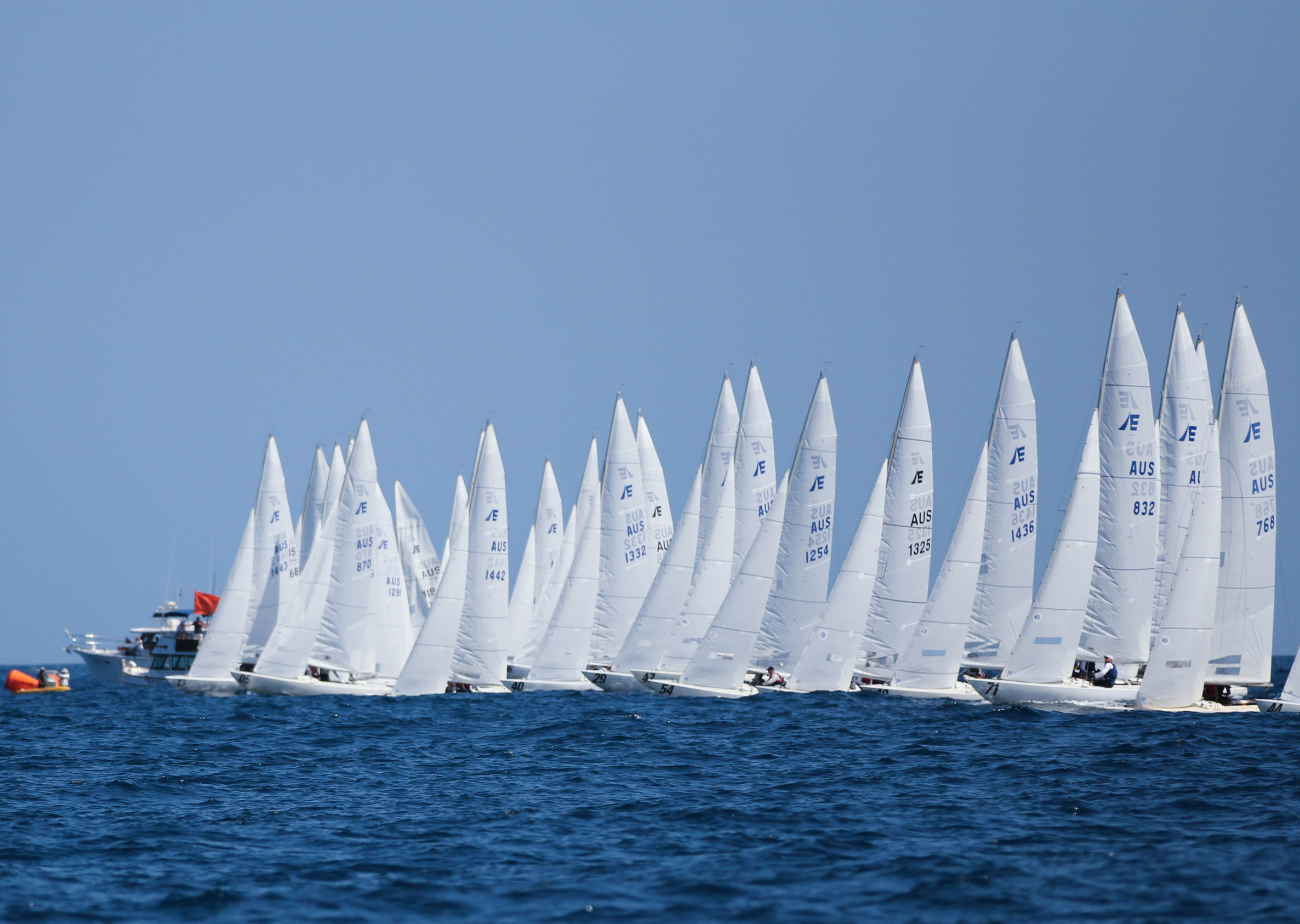

Knowing how to attack and defend is a skill that develops with time on the water.
When racing, it rarely pays to concentrate on beating one boat as you risk the rest of the fleet getting away.
Having said that, there are key areas of the race course or regatta when this could be necessary, so the ability to attack and defend is a vital tool to have in your toolbox.
I have set out below some attack and defend situations and solutions.
- At the start, you need to concentrate on beating the boats around you so sail high or low to attack or defend your immediate competitors.
- When you meet another boat on the course, you have no choice but to react to them. Whether you cross, tack or duck can have long-term implications for the race.
- When you have a particular boat you have to beat in a race or series, you need to either attack or defend. All the while though be aware of other boats that may upset your plan. There are instances where you could both lose out.
- You can defend the boat to windward by sailing high to not allow them the room to roll you. The desired outcome is to force them to tack off to give you a clear lane.
- You are able to attack boats to leeward by driving over the top of them. To do that you have to have enough bow forward and space to leeward.
- Upwind, the leebow is an important attacking manoeuvre to get right. You will use the leebow when you want to protect your side of the course. A well-executed leebow will force your opponent to tack away.
- In order to stop boats from tacking on you at the layline, bear away slightly as they approach on a port. This will force them to duck you or tack early, once that happens, head up to the close-hauled course again.
- Upwind, the simplest way to attack if you are a few boat lengths ahead is simply to cover. They will slow down in dirty air or be forced to tack away from the favoured side.
- Downwind, pressure is a key factor and if there is a hitch mark don’t be too concerned about defending the boat that gybe sets as they are likely to be initially sailing in dirty air unless you are both well clear of the following boats.
- One of the simplest ways to attack downwind is to put the boat in front in your wind shadow. This will slow them down and in many cases force them away from the favoured side of the course.
- Offwind, if you need to attack the boat in front work high in lulls and drive low in the gusts. A warning though, don’t work too high unless you expect a large change in windspeed. You risk ending up having to sail a lot more distance in down pressure.
- The easiest way to get clear of another boat downwind is to gybe off.
- If you want to attack another boat, gybe in their face, you can take control, gybing right when they do.
- If you are being attacked off the wind, defend by making a slick gybe and get going high to break any cover ASAP
- SAILING TO WIN BOOK







